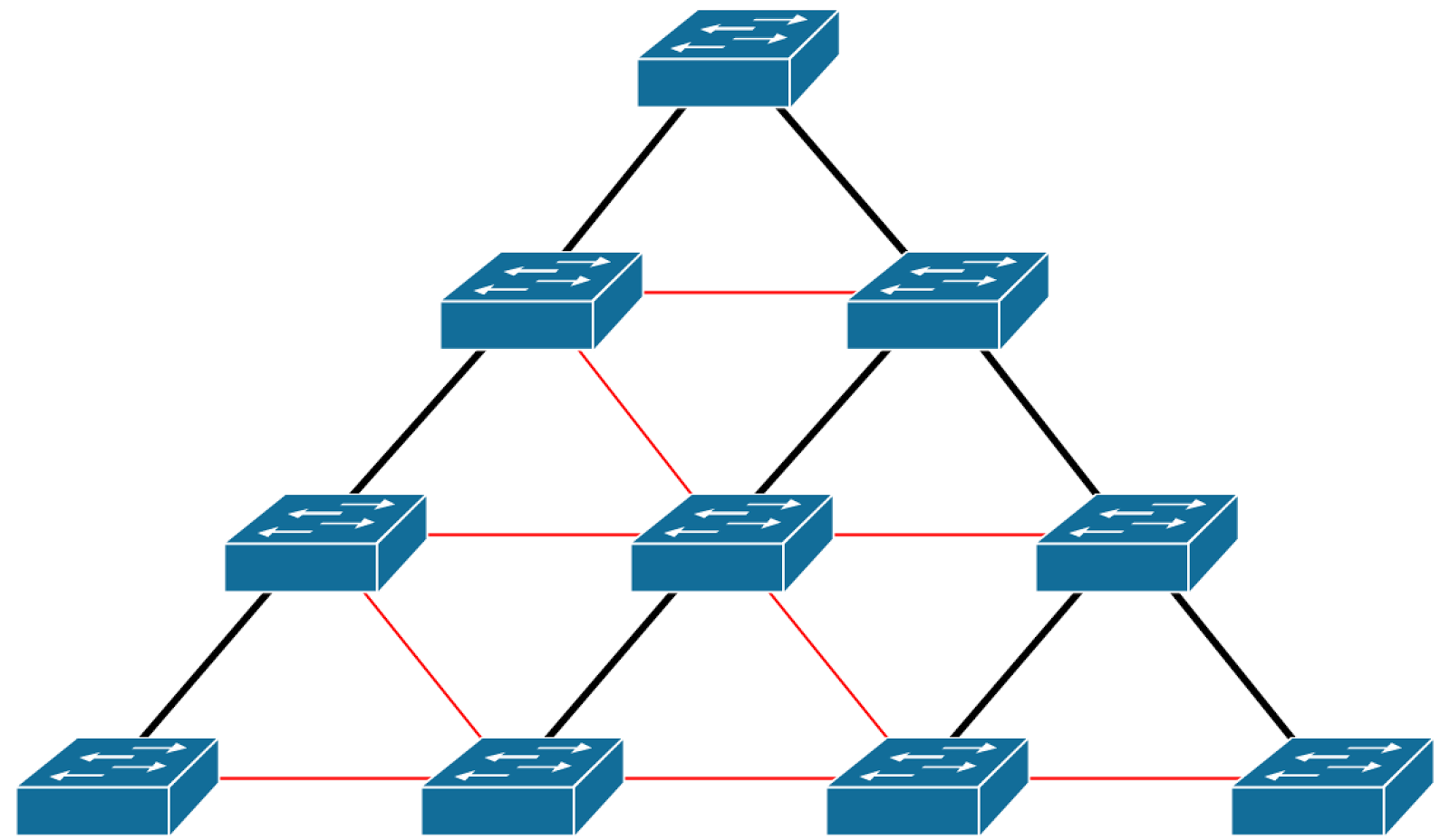Resolving Spanning Tree Blocked Ports: A Comprehensive Guide

Imagine your network is a bustling city with data packets as its vehicles. Suddenly, a key intersection becomes blocked, causing traffic jams and disrupting communication. This is analogous to what happens when spanning tree protocol (STP) blocks a port. What causes these blockages, and more importantly, how can you clear them to restore the smooth flow of data?
Spanning Tree Protocol is a vital network management tool designed to prevent loops in Ethernet networks. While effective in its primary function, STP can sometimes inadvertently block ports, hindering network performance. This article delves into the intricacies of spanning tree blocked ports, providing a comprehensive guide to understanding, troubleshooting, and resolving these issues.
Understanding the mechanics behind a spanning tree blocked port is crucial. STP operates by electing a root bridge and then calculating the most efficient path to that bridge from all other switches. Ports that are deemed redundant to prevent loops are placed in a blocking state. While this blocking action safeguards against network instability caused by loops, it can also disrupt connectivity if a port is blocked unnecessarily. This can happen due to misconfigurations, hardware failures, or network topology changes.
Restoring blocked ports often involves analyzing the network topology, identifying the root bridge, and verifying the port roles on each switch. This requires an understanding of STP concepts such as bridge priority, port costs, and path selection. Tools like network analyzers and the show spanning-tree command on Cisco devices can help diagnose the problem. Solutions range from simple configuration adjustments to more complex network redesign.
Learning how to effectively manage spanning tree blocked ports is essential for maintaining a healthy and efficient network. This article will equip you with the knowledge and practical steps needed to identify, troubleshoot, and resolve these common networking issues, ensuring seamless communication across your network infrastructure.
The history of STP dates back to the mid-1980s when Radia Perlman developed the algorithm to address the growing problem of broadcast storms caused by redundant links in Ethernet networks. Prior to STP, network administrators had to manually disable redundant links, a cumbersome and error-prone process. STP automated this process, dramatically simplifying network management and improving reliability. Over the years, STP has evolved with various iterations, including Rapid Spanning Tree Protocol (RSTP) and Per-VLAN Spanning Tree Plus (PVST+).
Restoring connectivity in a scenario with a blocked spanning tree port often involves configuring portfast on edge ports. Portfast allows the port to quickly transition to the forwarding state, bypassing the listening and learning states. This is particularly useful for ports connected to end devices such as computers and printers, which are unlikely to introduce loops into the network.
Benefits of Resolving STP Blocked Ports
1. Restored Connectivity: Unblocking essential ports reinstates communication between network segments, enabling devices to communicate as intended. Example: Unblocking a port allows a server to become accessible to clients on a different network segment.
2. Improved Network Performance: Eliminating blocked ports can optimize traffic flow by utilizing all available paths, reducing network congestion. Example: Unblocking a redundant link distributes traffic more evenly, reducing latency.
3. Enhanced Network Redundancy: Resolving blocked ports properly ensures that redundant links are actively utilized, providing failover capabilities in case of a primary link failure. Example: A previously blocked port can take over if the main link goes down, preventing network disruption.
Troubleshooting Steps
1. Verify the physical connections: Ensure cables are securely plugged in.
2. Check port status: Use the "show spanning-tree" command to view port roles and states.
3. Examine the root bridge: Identify the root bridge and trace the path to the blocked port.
4. Review switch configurations: Check for misconfigurations in STP settings like portfast or priority.
5. Consider network topology: Analyze the network layout for potential loop-causing issues.
Advantages and Disadvantages
| Advantages | Disadvantages |
|---|---|
| Loop prevention | Potential temporary blocking during convergence |
| Redundancy | Complexity in large networks |
| Automated network management | Can be vulnerable to misconfiguration |
Frequently Asked Questions
1. What is spanning tree protocol?
2. Why do ports get blocked by spanning tree?
3. How do I identify a blocked port?
4. What is the "show spanning-tree" command?
5. What is portfast and how does it work?
6. How can I prevent spanning tree from blocking ports unnecessarily?
7. What are the different versions of spanning tree protocol?
8. What are the best practices for configuring spanning tree?Conclusion
Managing spanning tree blocked ports is a vital skill for any network administrator. A blocked port can signify an underlying issue that, if left unaddressed, can lead to significant network disruption. Understanding the mechanics of STP, recognizing the causes of blocked ports, and mastering the troubleshooting steps outlined in this article will empower you to maintain a robust and efficient network. By proactively addressing these potential bottlenecks, you ensure the smooth flow of data, enhance network reliability, and prevent costly downtime. Take the time to familiarize yourself with these concepts and implement the best practices mentioned to create a resilient and optimally performing network infrastructure.
Unlocking clarity mastering the offer contract letter
Unlocking the secrets of the millet man and his hoe
Coastal blue paint colors transform your home with sherwin williams













